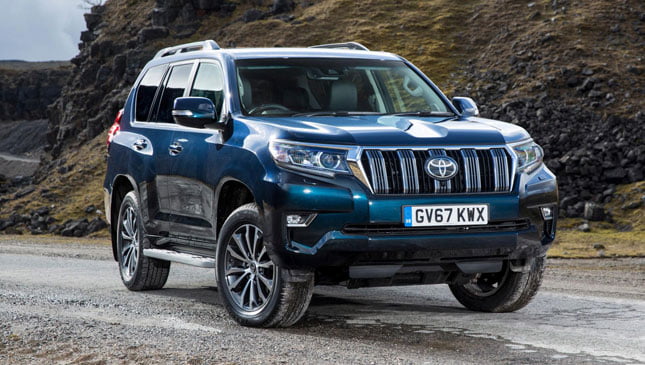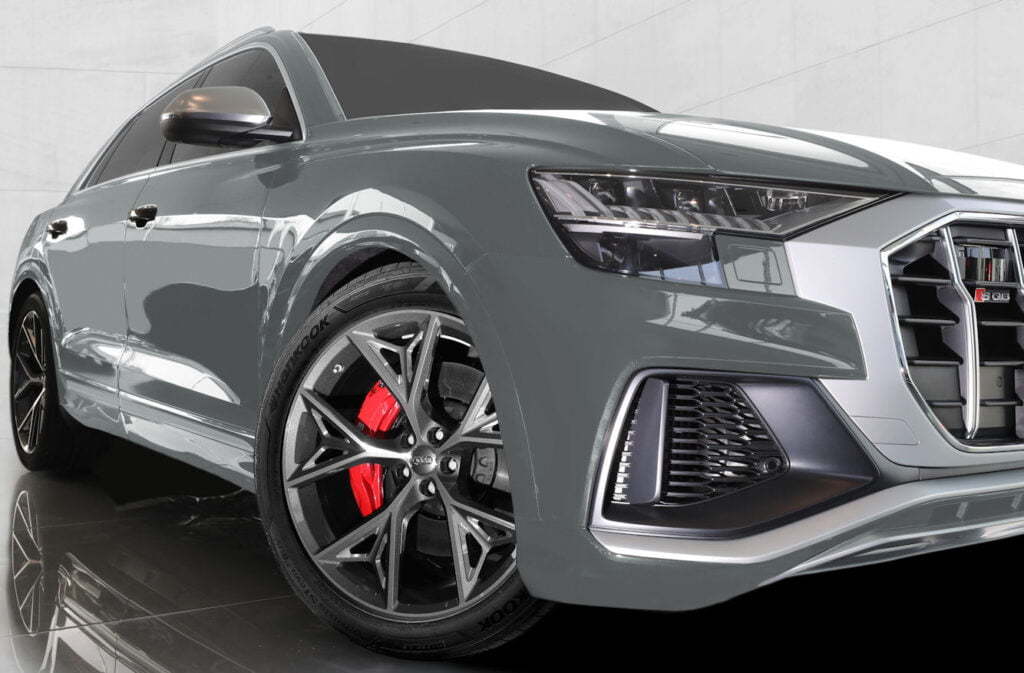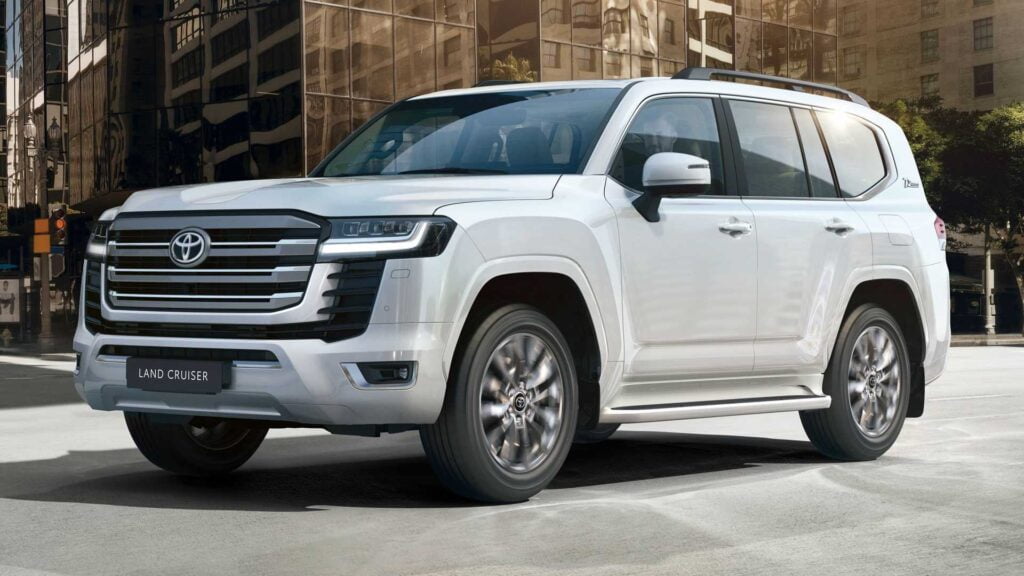In the current health context, you may be forced to immobilize your vehicle for an as yet unknown period. We would like to show you its full support, and offer you some maintenance tips to protect your car during a downtime.
Whether it’s a vintage car, a vintage car or a motorhome, your cars also need to be pampered, even if they are sleeping in your garage. This is because your vehicle wears out over time, even if it is not used! Before immobilizing your vehicle, it is therefore important to carry out certain checks and operations that will allow you to find it in good condition after immobilization.
BEFORE IMMOBILIZATION
1. DO NOT LEAVE YOUR CAR OUTSIDE
The first question to ask yourself is: where will you park your car during this long period? It is strongly recommended that you leave your vehicle indoors, away from dust and, in winter, from snow, rain and cold. Preferably, park your car in a heated garage that is not too humid.
If you don’t have a garage available, cover your car with a cover. In summer, this will protect your car from the sun, which tends to damage the seals and dull the colors. Throughout the year, it will prevent corrosion caused by humidity and air pollution.
2. CLEAN YOUR CAR
Car Cleaning Once you have found the location where you are going to park your car, it will first need to be cleaned. It is very important to wash and dry the body first, especially if you have planned to cover your car with a protective cover. Indeed, if the body of your vehicle is covered with dust and other dirt, fitting a cover could scratch the paint.
Also remember to clean your rims. If possible, apply a rust remover to your rims as well as to other parts not coated with paint.
Also Read: How To Select The Perfect Wedding Playlist
Also clean the interior of the cabin and under-body, again to prevent rust and dust build-up.
3. VENTILATE THE COCKPIT
Then, have the reflex to air your vehicle. If you don’t, moisture can build up inside the cabin and cause odor and mold for more info visit faragomotors. To avoid this inconvenience, leave your windows ajar to circulate air. Be careful, it is better to lower your windows only 1 or 2 centimeters so as not to let in dust or any animals or insects.
Similarly, remember to plug the air intake and the exhaust, for example with a rag. This will prevent small animals from setting up their nest or their web …
If you have left your vehicle outside, avoid leaving the windows open! You can, however, leave the ventilation ports open indoors.

4. DISCONNECT THE BATTERY
Bosch Battery If you have the possibility, it is strongly recommended that you run your car at least once every two weeks, or ask a neighbor or family member to do so. If you do not have the possibility, you will have to perform several essential operations.
The first thing to do is to unplug your battery to prevent it from draining. Indeed, even when the vehicle is stationary, the battery is still called upon, in particular by anything relating to the on-board computer memory (radio codes, clock, computers, etc.). So as not to find your battery completely discharged after a prolonged immobilization of your vehicle, therefore remember to disconnect the negative terminal. In the case of immobilization beyond three weeks, it is advisable to disassemble your battery and store it.
To learn more about storing your battery, go here.
5. UNLOAD YOUR TIRES
Be aware that when a vehicle is stationary, the tires still wear out. This is because since they support the full weight of the vehicle, they can sag. If you can store your tires separately, remove them from the vehicle. Otherwise, raise your vehicle by installing chocks or over-inflate your tires by 25%. But be careful, before getting back behind the wheel, readjust the pressure of your tires so as not to damage them!

Find all our advice for the proper storage of your tires.
6. RELEASE THE HANDBRAKE
This step is crucial if you intend to leave your vehicle for a long time. Indeed, when the handbrake is maintained for a long time, it tends to seize at the level of the jaw springs. The consequence of this is difficulty in releasing the handbrake when you resume your car. It is therefore advisable to release your handbrake while your car is immobile.
7. FILL THE PETROL TANK
If you leave the fuel tank empty for the entire time it is idle, dust and other particles will settle to the bottom and may form a mud-like layer inside the tank. When you want to restart your vehicle, the engine will draw on this layer of “mud” and be damaged quickly. However, it is not useful to fill your gas tank to the maximum, on the contrary. Gasoline loses quality over time, so it’s best to fill your tank halfway when your vehicle is not moving, then top up to full before you get back on the road. This will allow “newer” gasoline to mix with what was already in the tank, enhancing the qualities of the latter.
Also Read: Ways To Decorate The Living Room
You should also be aware that condensation may appear on the walls of the tank which are not in contact with gasoline. To avoid this phenomenon, we strongly recommend that you fill your tank halfway with premium fuel.
8. CHECK YOUR BRAKE AND COOLANT FLUIDS
Brake fluid It is recommended that you replace your brake and coolant fluids with new fluid. Provide all-season coolant, which is resistant to both freezing and corrosion. Conversely, the antifreeze present in the coolant for winter causes the risk of corrosion.
Also check the brake fluid and coolant levels.
9. PROTECT YOUR WIPERS
Also think about your windshield wipers! After months of standing still, the rubber of your wiper blades will eventually catch on the windshield. To avoid the risk of tearing it when turning your wipers back on, you can wrap your wipers (for example, in a towel or plastic wrap) before putting them back on your windshield. On the other hand, do not forget to remove the plastic film when you get back in the car, otherwise your wipers will be much less effective …

AFTER IMMOBILIZATION
If you have followed all these steps, you will be able to get back on the road without any problem. However, you will still need to do a few checks first:
- Make sure that the battery you replaced or reconnected is fully charged;
Check your tire pressure;
Check the levels of oil and all fluids (cooling, windshield washer, brake);
Make sure there are no leaks;
Test the operation of the brake and clutch pedal, as well as the hand brake (no abnormal resistance);
Start the engine and let it idle for a few minutes. During this time you can check the indicator lights, lights, on-board electronics.
